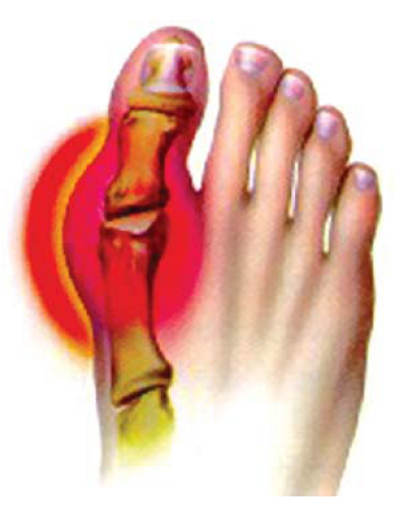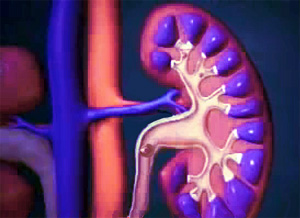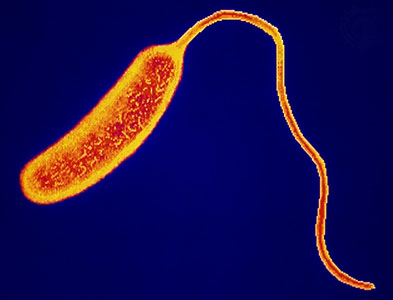How to cure gout
Gout is a chronic disease that results from violations of metabolism which is accompanied by the deposition of urine acid sodium in various organs and tissues and which leads to disruption of their functions most often affects the joints and kidneys.
The term “gout” itself is derived from the Greek word podagra which literally means “foot trap” or “leg, a victim” (in direct translation podas means leg and agra is a trap or victim) reflecting the relatively frequent clinical observations defeat leg joints while disease.

This suffering from gout was known since antiquity. The great physician and founder of Medicine Hippocrates who was born 460 BC in six aphorisms provides information concerning the nature, origin, clinical course and treatment of gout, as well as an attempt to differentiate this disease from other arthritis. Famous Roman physician Galen (born 131 AD) described well the essential feature of this disease which is known uratoma or tofus.
An important landmark study of this disease was the discovery of uric acid Seheele and Bergmann in 1976 and in 1797 Mr.Wollaston discovers lithate contents gouty nodes. The final recognition of the primary role of uric acid in gout essentially proves in 1848 Dr. Garran by showing that the string, dropped in the blood of the patients covered by crystals of uric acid compounds. This fact was not observed in the study of blood of healthy people.
There are primary (essential) gout and secondary gout.
Primary gout occurs as a distinct disease, often caused by genetically determined defects in the enzymes which regulate the synthesis of nucleic acids, respectively, and uric acid, as well as in violation of the mechanisms of excretion by the kidneys. Thus, the known primary gout which occurs due to the presence in the body of congenital defective enzyme hypoxanthine-guanine-fosforiboziltransferaty appears already in childhood and leads to hyperuricemia (high levels of uric acid in the blood), as well as the accumulation and deposition of various tissues.
Secondary gout develops in the presence of certain pre-illness or pathogenic factor that is seen as a complication of a pathological process – it can be a variety of blood diseases (leukemia), chronic lead intoxication, the effects of some medicines such as riboksin, diuretics etc.
In the development of primary gout, as we already noted, somewhat importance belongs to the hereditary factor. According to various researchers, the existence of familial predisposition to the disease varies from 12 to 81% of cases. The presence of giperuremia (sometimes asymptomatic) was observed on average amongst 25% of relatives of the patients with gout examined. The role of heredity in the etiology of gout is confirmed by the prevalence of the disease within nations and whole races. Thus, in the literature mentioned that the number of cases detected gout in the Philippines is 20 times greater than rates of neighboring states. However, most often, the role of heredity are not so fatal, and, apparently, needed by many other factors influencing the occurrence of this disease.
Many researchers point out to the impact of “nutritional” factors explaining the increased incidence of gout in recent decades, people with increased material prosperity, abundant food, sedentary lifestyles, frequent alcohol use (it is believed that high-fat foods and alcohol to block the secretion of uric acid by the kidneys). It is known that after the Second World War in countries with high welfare population has increased dramatically the number of patients with gout. At the same time in those countries where the diet of lean meat and prevails, mostly carbohydrates (India and African countries), gout is quite rare. Despite these facts, the present role of nutritional factors not considered valid proof of the development of gout depending on the nature of power.
Folk methods of treatment
Of the non-traditional or so called “folk” methods of treatment for gout should be mentioned the action of radioactive substances on the patient’s body. Effective factor is the adoption of radon baths or inhalation of radium emanation. In the treatment procedure of radioactive substances in most cases there was an overall clinical improvement of the patient often seen in decrease or even disappearance of tofusov, positive dynamics of the functional abilities of the affected joints. Similarly we notice the same effect from the action of hydrogen sulfide baths.
A favorable factor for this disease is the heat. Local and overall thermal procedures promote resorption of tissue deposits of uric acid compounds. The mechanism of action due to increased blood flow in the zone, as well as the reaction of affected tissue with subsequent phenomena of phagocytosis and resorption of uric acid compounds exudates. The thermal procedure is shown to apply only in interracial periods.
Fasting is also one of the most ancient and proven methods of healing, cleansing and rejuvenation of the body, acquiring in recent years an increasing number of supporters. Here is what it says about domestic luminary of the method.
Posted in Hormones and Metabolism | No Comments »


